What are the wedding traditions in France?
If you’re planning to have a wedding that incorporates traditional French wedding traditions, you’d better be ready to party! A Traditional French wedding is known for lasting long into the night, sometimes carrying on even into the next morning. These fun-filled events include plenty of food, alcohol, and of course, party!
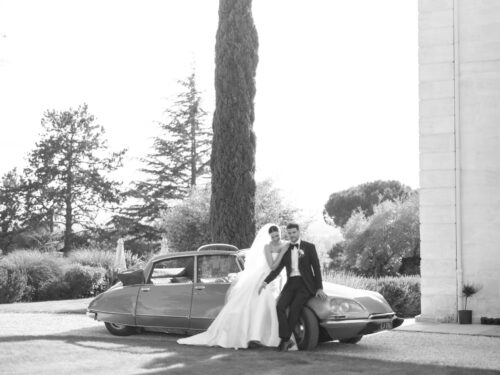
In today’s post, French Wedding Style takes a closer look at some French wedding traditions that you can include in your own nuptials. Putting your spin on traditional elements can make your wedding truly special.
In this Article:
1. Traditional French Food
For many people, weddings are the perfect excuse to enjoy a delicious glass of wine, including some popular French styles like chardonnay, cabernet sauvignon, or pinot noir. With alcohol a common sight at many weddings, it probably isn’t too surprising that a champagne tower is found at nearly all French weddings.
Of course, you’ll need some food to go along with all that alcohol! Delicious French regional specialties are usually served at the wedding banquet.
Here are our top recommendations for a French Wedding Menu:
Foie Gras
The Crown Jewel of French Gastronomy: As the champagne flows and conversations sparkle, imagine the velvety smoothness of foie gras melting on your tongue, releasing its rich, buttery flavor. This delicacy, made from the liver of specially fattened ducks or geese, is the epitome of French luxury and refinement. Served alongside freshly baked brioche and accompanied by a touch of sweet chutney or fig confit, foie gras is a must have at a French wedding!
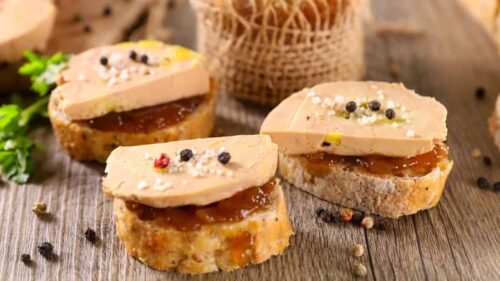
Croquembouche
A Tower of Sweet Temptation: the very traditional French wedding desert, the Croquembouche is a tower of confectionery masterpiece consisting of profiteroles delicately stacked and bound together with threads of caramel. It is a treat for the eyes and a joy for the taste buds, bringing the festivities to a sweet and unforgettable conclusion.
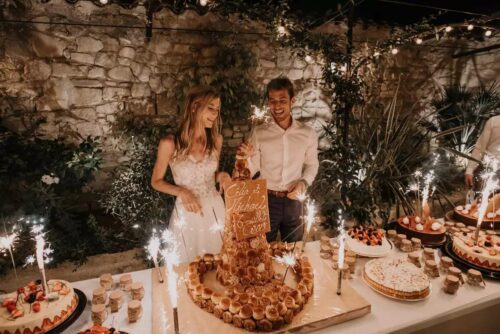
La Soupe a l’Oignon (Onion Soup)
Legend has it that the famous French onion soup was invented by Louis XV, one night where the only provisions he had were onions, butter and champagne. From these, he prepared a soup, thereby inviting one of France’s most delicious dishes.
From this day on, onion soup became popular with the French, and eventually appeared in weddings until it became a tradition. Indeed, it is now traditionally eaten towards the end of the night (or occasionally in the early hours of the morning!), in order to regain some energy after an emotional filled day and hours of dancing! It makes a nice way to end the night, sharing a lovely bowl of warm soup with grated Gruyere and croutons. Mmmm…
2. The Champagne Tower
A highlight of French wedding receptions is the spectacular champagne tower. Dozens, or even hundreds, of champagne glasses are stacked in an elaborate pyramid formation. As a symbol of good luck and prosperity, the newlyweds pour the first glass of champagne from the top, allowing it to cascade down, filling the glasses below. It is a breathtaking moment, capturing the essence of celebration and joy.
3. Le Vin d’Honneur – The most important French Wedding Tradition
In France, the vin d’honneur or ”wine of honor” is a traditional ritual that takes place after the wedding ceremony. Once the bride and groom leave the town hall, the guests can go to a place where the wine of honor is served. This is a social time where guests can congratulate the bride and groom and share their best wishes. A sparkling wine or champagne is usually served, accompanied by canapés and small hors d’oeuvres.
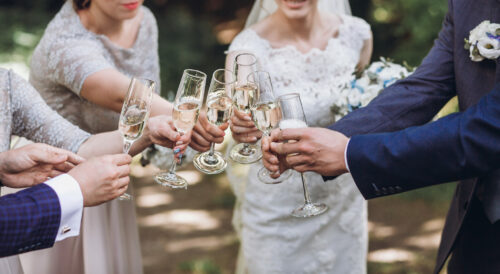
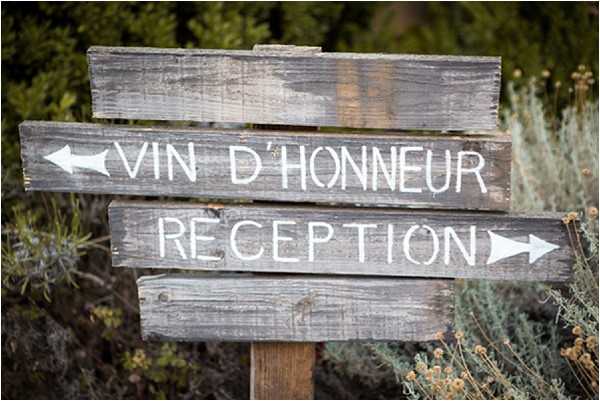 Drink Reception – Source: The bride next door
Drink Reception – Source: The bride next door
4. Two Wedding Ceremonies
French wedding traditions also typically include two weddings. Before you panic at the thought of planning two weddings, keep in mind that the first wedding is held for legal purposes.
The Civil Ceremony
“Le Mariage Civil”: In France, a wedding typically begins with a civil ceremony conducted at the local town hall, known as “la mairie.” This legally binding ceremony is an essential part of the wedding process. The mayor or an appointed representative presides over the ceremony, which includes exchanging vows and signing the marriage registry. The civil ceremony is followed by a religious or symbolic ceremony for those who wish to include additional rituals.
The Religious Ceremony
“Le Mariage Religieux”: For couples who desire a religious wedding ceremony, a separate celebration is held at a church or place of worship. This ceremony is often a deeply spiritual and heartfelt affair, incorporating traditional elements such as readings, hymns, and blessings. The religious ceremony adds a touch of reverence and solemnity to the wedding proceedings.
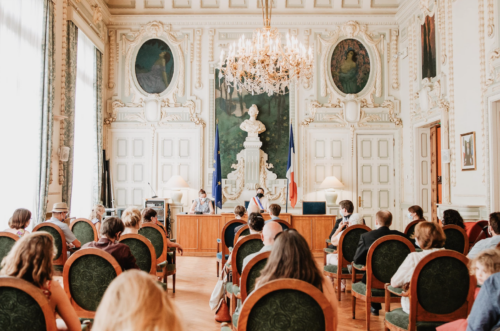
Ceremony at the City hall
5. La Cavalcade
One of the most charming French wedding traditions is the wedding procession, known as “la cavalcade.” Following the ceremony, the newlyweds and their guests take to the streets, forming a joyful procession to the reception venue. The procession may include decorated cars, bicycles, or even a horse-drawn carriage, with the couple leading the way. It is a delightful spectacle that allows the community to join in the celebration and share in the couple’s happiness.
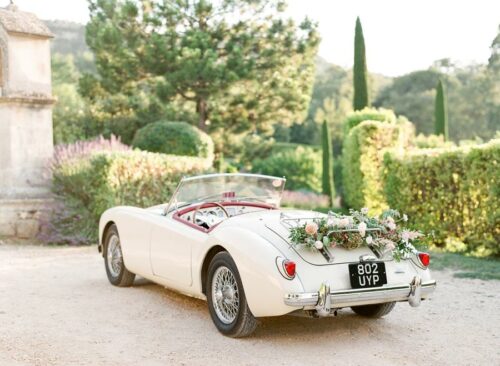
6. Le Cortège
The so-called ‘cortege’ stands for two lovely traditions: Firstly the entrance to the ceremony where the groom leads the way with his mother, followed by the rest of the wedding party (mainly close family) in a set order of entrance, and secondly the presence of children, comparable to flower girls and ring bearers. They either walk down the aisle in front of the bride spreading petals or follow holding her train. They are all dressed the same and choosing their outfits is as much of an affair as it is to choose the bridesmaids. Oh and by the way, there is no bridesmaids or best man; the words do not even have a translation in French. They are ‘temoins’ i.e. witnesses, usually one for the groom and one for the bride, although this is changing.
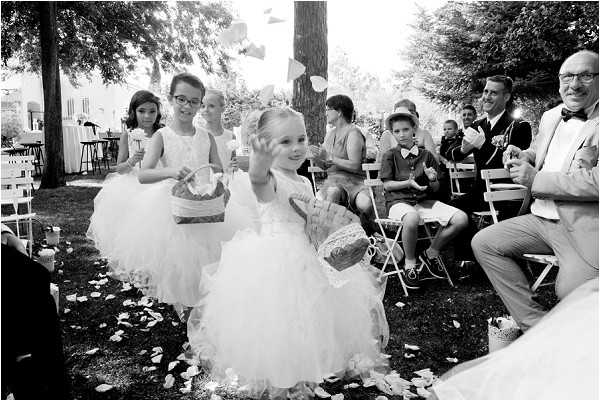 Flower girls – Source: Julie Derache Photographies
Flower girls – Source: Julie Derache Photographies
7. La Noce
The word defines all the festivities related to the wedding as well as the wedding party and guests. A tradition, was for the noce i.e. all the guests, to follow the newly weds to the various places (very commonly from the town hall to the church, drink reception, dinner location) making as much noise as possible. Modern times have replaced the walk in the village or the neighborhood by a car procession following the bridal vehicle with car horns blaring all the way.
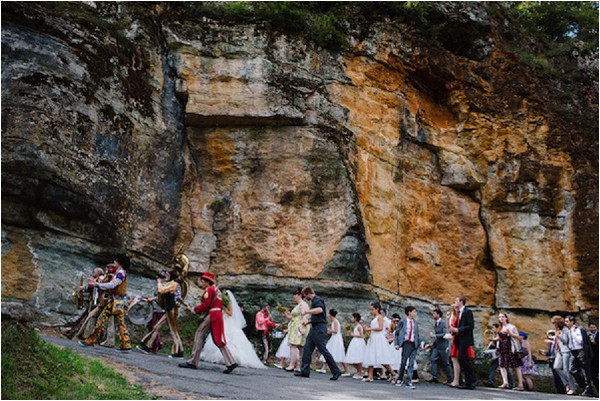 French wedding tradition – Photo credit: Nicolas Chauveau
French wedding tradition – Photo credit: Nicolas Chauveau
8. La voiture balai
This term is usually reserved for cycling, where the broom car would sweep up any one unable to make it to the finish of the race within the time permitted. In the wedding world, when the wedding cortege goes from the ceremony to the venue for the reception, the Voiture Balai plays a similar role. Namely making sure that none of the guests get lost along the way.
In order to make sure that the Voiture Balai is easily recognisable, a collection of accessories are normally attached to it, including but not limited to saucepans, brooms, “just married” signs, balloons, and toilette paper. Suffice to say that’s better to choose a car that can take a few scratches… and to have a confident driver who knows the area should they have to pursue some straggling guests!
 Wedding cars – Sources: Pinterest, Ma2CV, Un beau jour
Wedding cars – Sources: Pinterest, Ma2CV, Un beau jour
9. In Vendee – the Brioche Dance
Around midnight, after the meal, the newlyweds offer a large round brioche to their guests on a platter. Accompanied by some fast paced music, the guests then dance around it, as well as going underneath the platter held by the newlyweds, until everyone has been underneath the platter.
10. The umbrella dance (Brittany and Pays de la Loire)
This usually carried out either at the beginning or at the end of the dancing. The newlyweds would start off dancing under a large umbrella. The groom holds it while guests throw paper streamers at them. Again, this is a bit of fun while also allowing a few moments for the newlyweds together.
11. Le paquito (Pays Basque)
This is a musical animation, famous in the South West of France. The guests all sit down behind each other on the floor, and sway from front to back with the music. Then each person will be carried at arm’s length one after the other along the human chain. This usually leads to some great laughs!
12. The wheelbarrow game (North)
Guests would bring a tin of food to the wedding, having previously removed the label indicating its contents. The newlyweds would then go amongst the guests with a wheelbarrow, collecting all the tins. They would then have a an element of surprise in the food to eat in the first months of their marriage.
Who said the French didn’t have a sense of humour? All of the above are all made to ensure the night ends up in laughter and in good spirits!
Conclusion for our French Wedding Traditions Guide
French weddings are a delightful blend of elegance and humor, steeped in unique traditions. From savoring the iconic onion soup as a late-night refuel to the comical “Voiture Balai” guiding lost guests, and the quirky “Pot de Chambre” ceremony, these customs reflect the French joie de vivre. In various regions, like Vendee, Brittany, Pays de la Loire, Pays Basque, and the North, additional whimsical traditions add to the celebration’s charm. It’s evident that the French cherish laughter and merriment as much as they do romance, creating unforgettable wedding experiences for couples and guests alike.
Related Posts:
- 10 French Wedding Dress Designers to Know
- How to Plan a Destination Wedding in France
- Your Honeymoon in Paris Guide
- Mother of Bride Dress – Finding the Right One

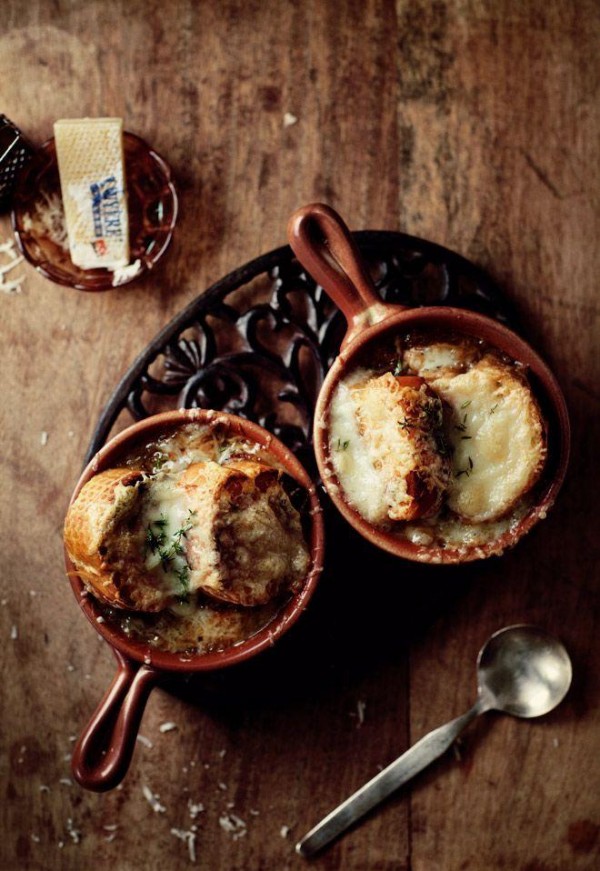
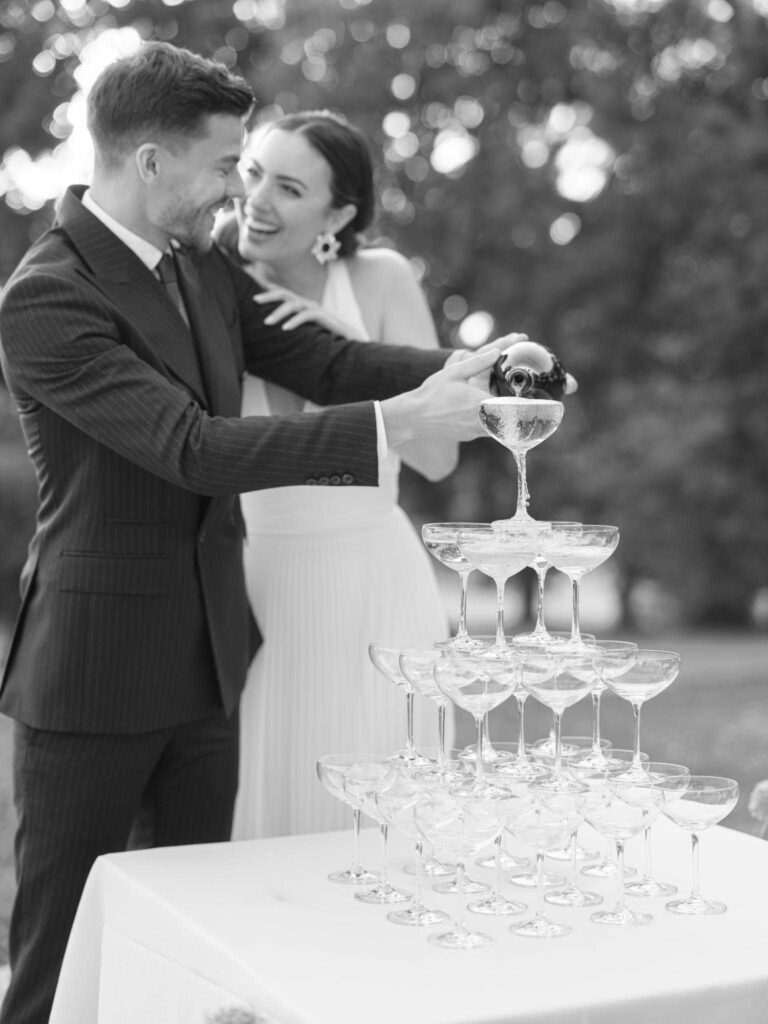
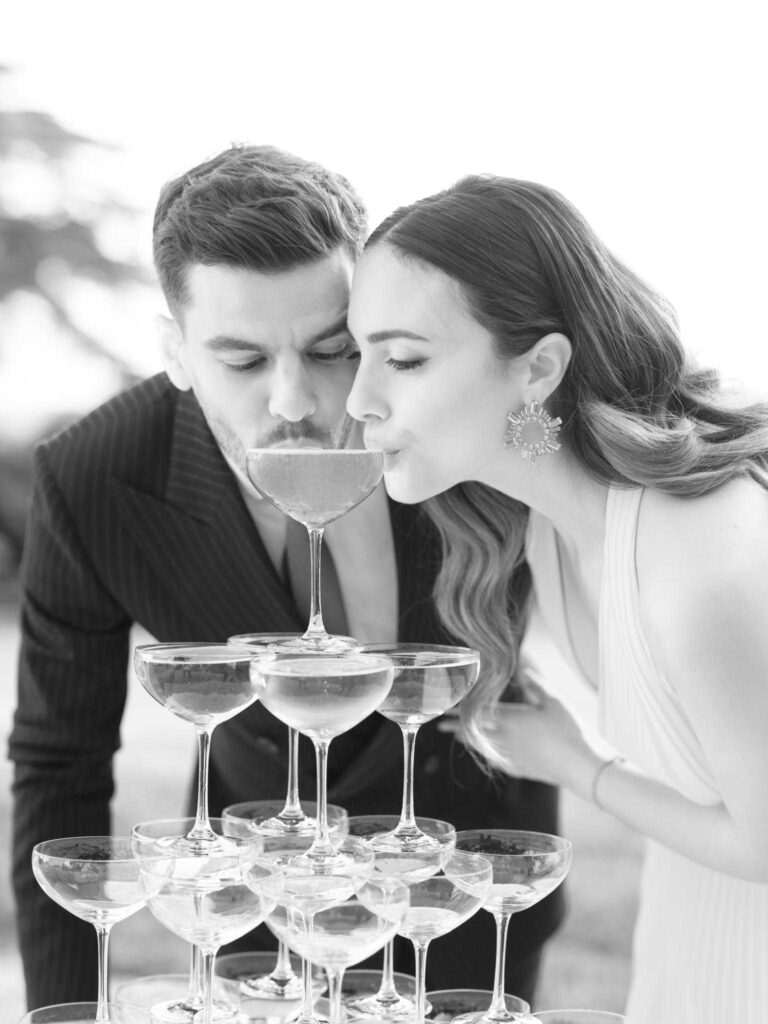
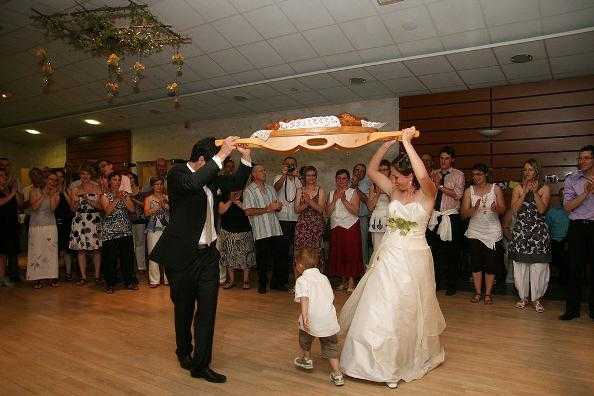



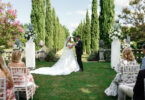
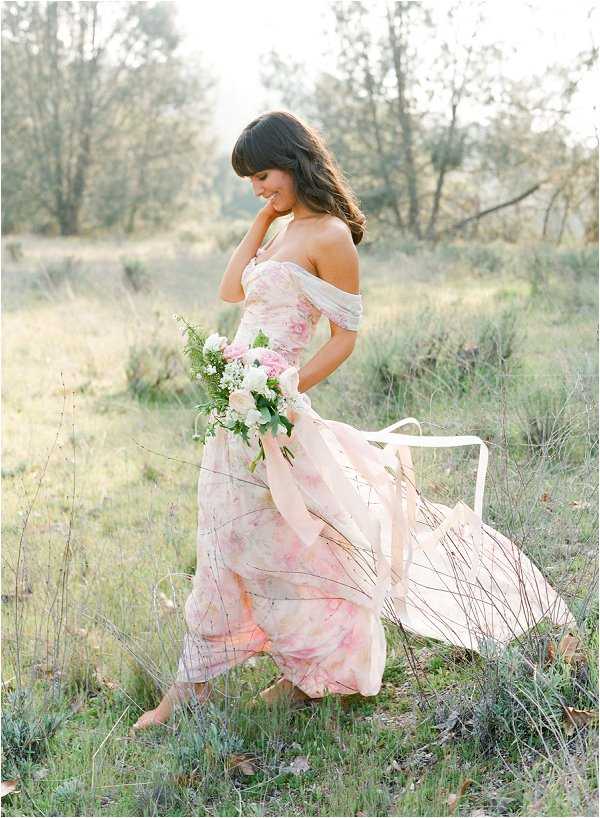


Quoi? Pas de croquembouche? Pas possible!
–bises Lonny
*Nice photos by A-Claire BTW